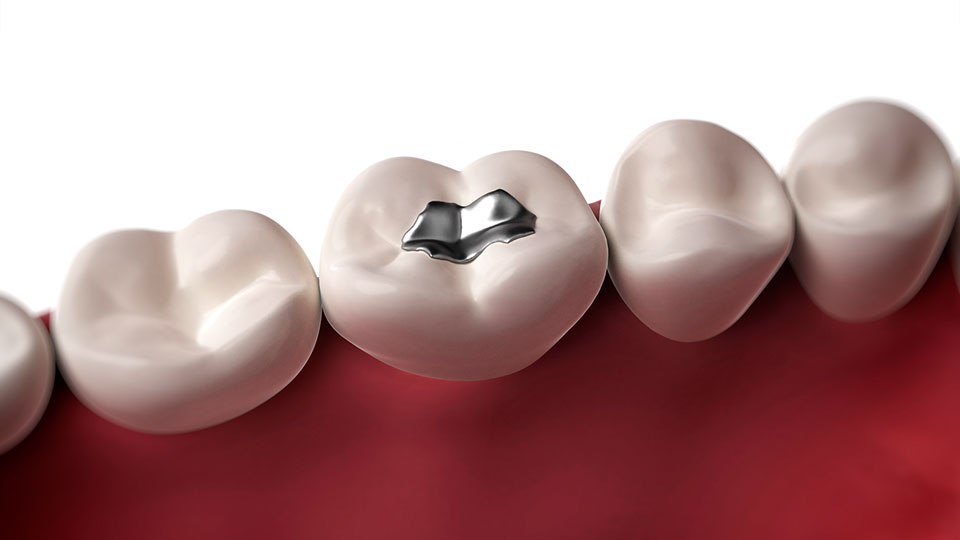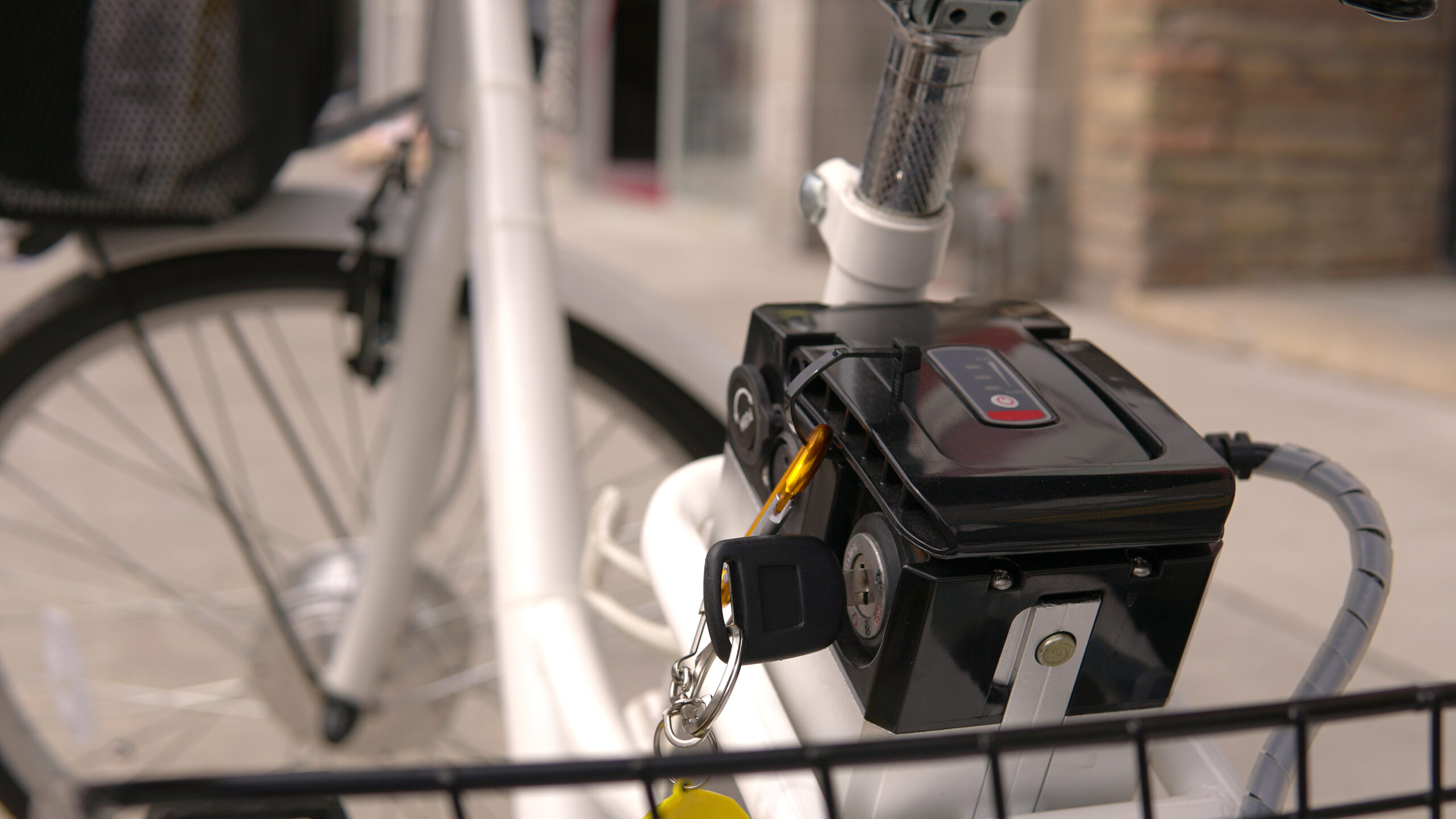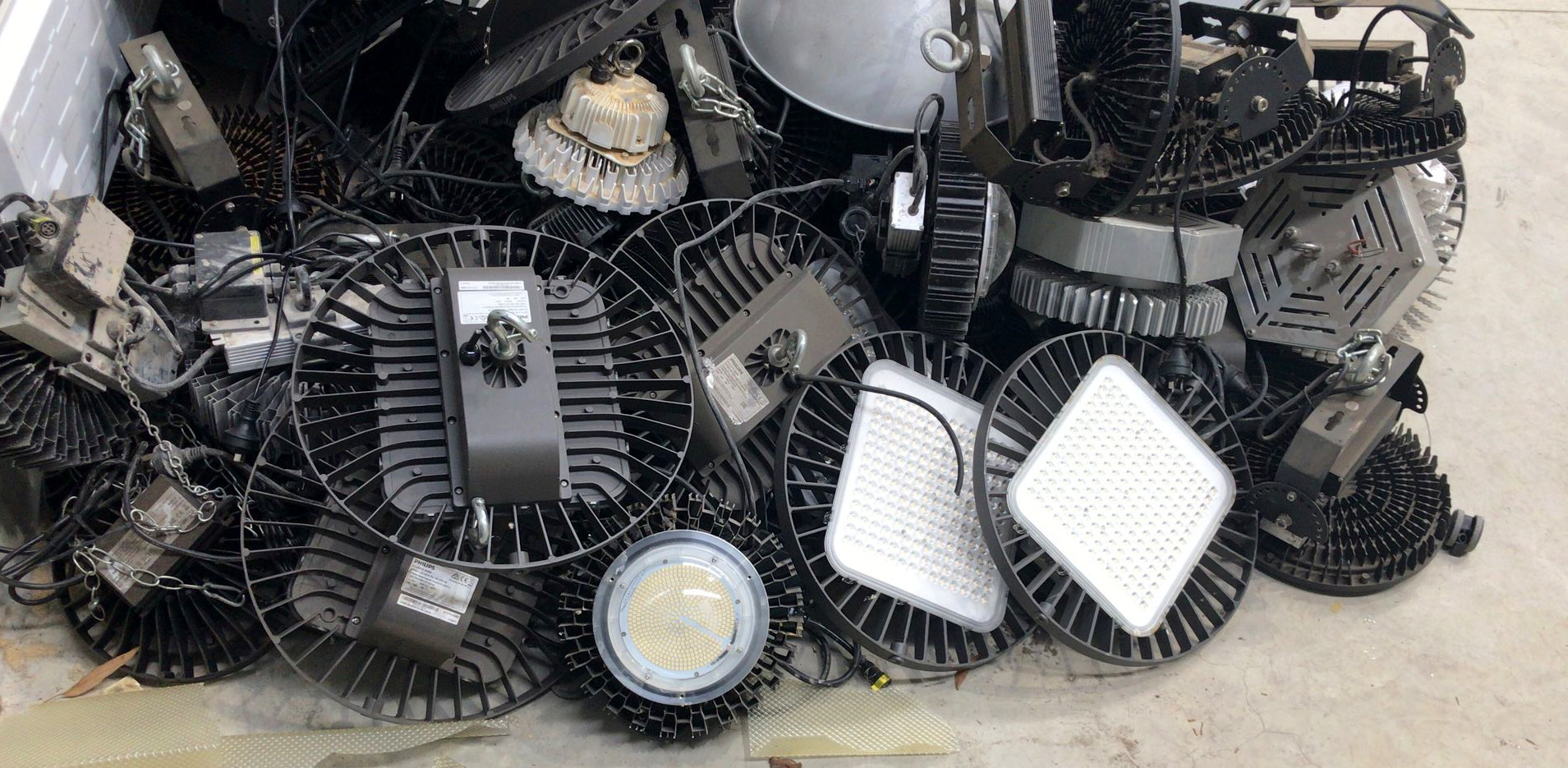When you last had your blood pressure measured, how was it done? Automatic, digital devices are increasingly taking over this task but there are still large numbers of old sphygmomanometers (that’s what devices used to measure blood pressure are called) doing good service in medical clinics and hospitals around the world.
Many of these older devices contain quite large amounts of mercury, so when upgrade time rolls around it’s critical that they are safely recycled and the mercury recovered.
Thermometers are another significant source of mercury, particularly those used in laboratories and industry. With its silvery, metallic sheen showing through the glass, it’s pretty obvious which thermometers contain mercury but the same can’t be said for thermostats.
While thermostats that contain mercury are relatively rare, and usually found in industry rather than the home, it may not be obvious that they contain mercury. Anyone disposing of these devices needs to take care to check with the manufacturer if mercury is a component. If it is, proper disposal needs to be arranged.






